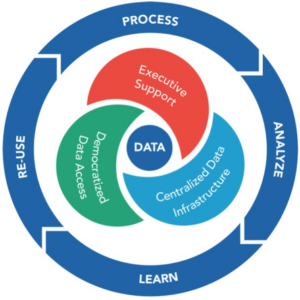It is not new that the containers are already an industry standard, enable agile developments, improve time to market, improve #analytics and generate a quickly verifiable ROI.
We are in a #HYPE moment of the #Microservices era. And we see a lot of adoption of this architecture but there is a long way to go, and there are still many who could not make any progress in this regard and we are already talking about #ServiceMesh, a new component that facilitates communication.
But what is Service Mesh?
Service Mesh is a layer that improves the format in which applications built on Microservices communicate with each other. Previously in #Monolithic or #SOA developments, calls were made within each application or between layers. But in the new scheme, calls are replaced by calls made via #API communications.
This has significant advantages, as it allows developers to focus on business logic and not have to work on the communications layer. But there is a lack of standardization of API communication, as there is no defined protocol for API creation.
This is when Service Mesh becomes important. Why?
Because it is a mesh of services that stands above microservices, being a low latency communications solution that gives us discovery for new services, and with it the possibility to create rules of load balancer, authentication, encryption, among other things , and also allowing us to have monitoring to ensure the availability of our APIs.
There are many Service Mesh on the market such as #Istio or #Envoy, and from #OpenShift version 4 there is the OSMO (Openshift Service Mesh Operator) which enables the possibility of better tracking, routing and optimization of application communication.
If you need to modernize the architecture write or call me, so we can determine the level of maturity if your company to adopt microservices, the level of practice Agile / DevOps and with an assessment we can accompany you to the next level.
Posted by our Sales Director, Rodrigo Yañez in https://www.linkedin.com/pulse/algunas-ideas-sueltas-sobre-containers-microservicios-rodrigo-ya%C3%B1ez/
[popup_anything id=”2095″]



